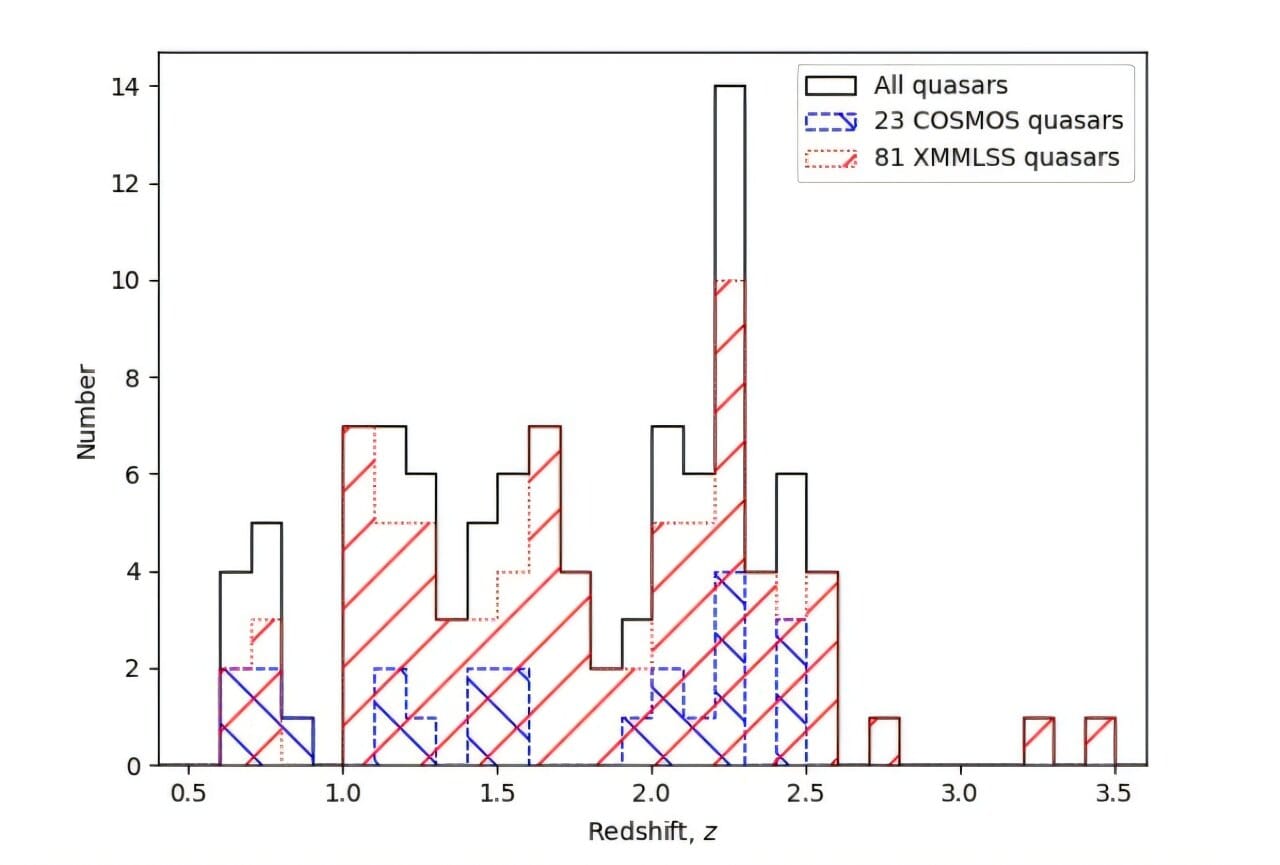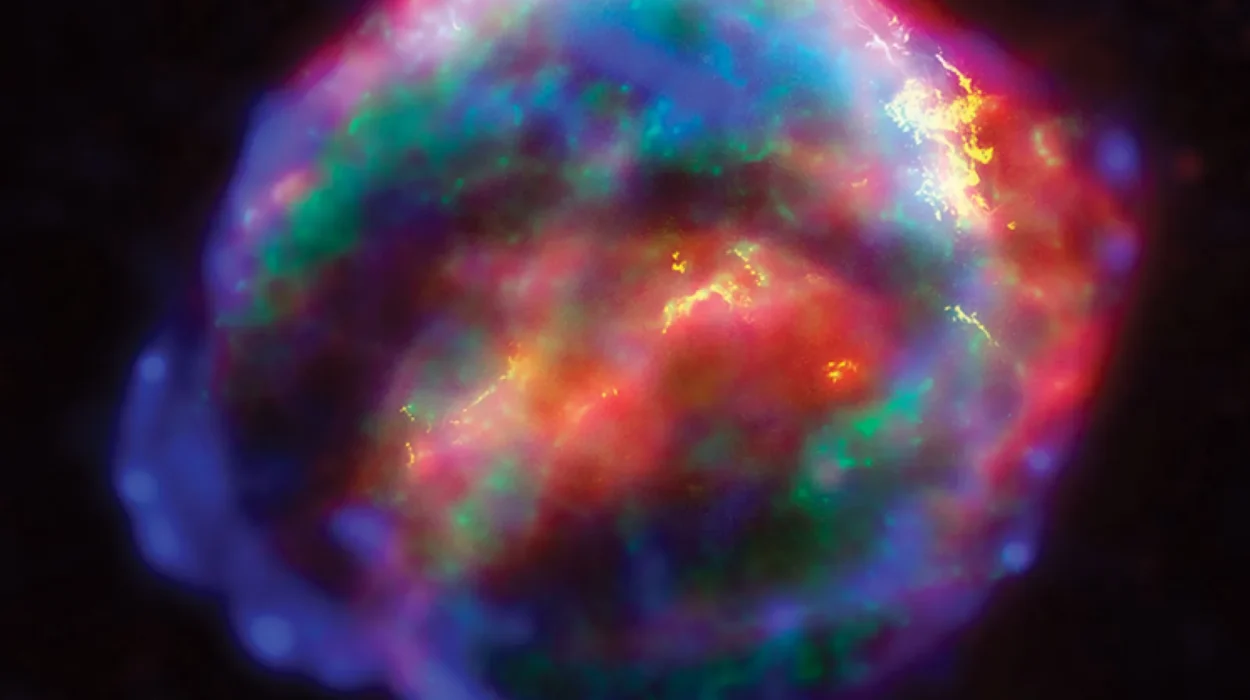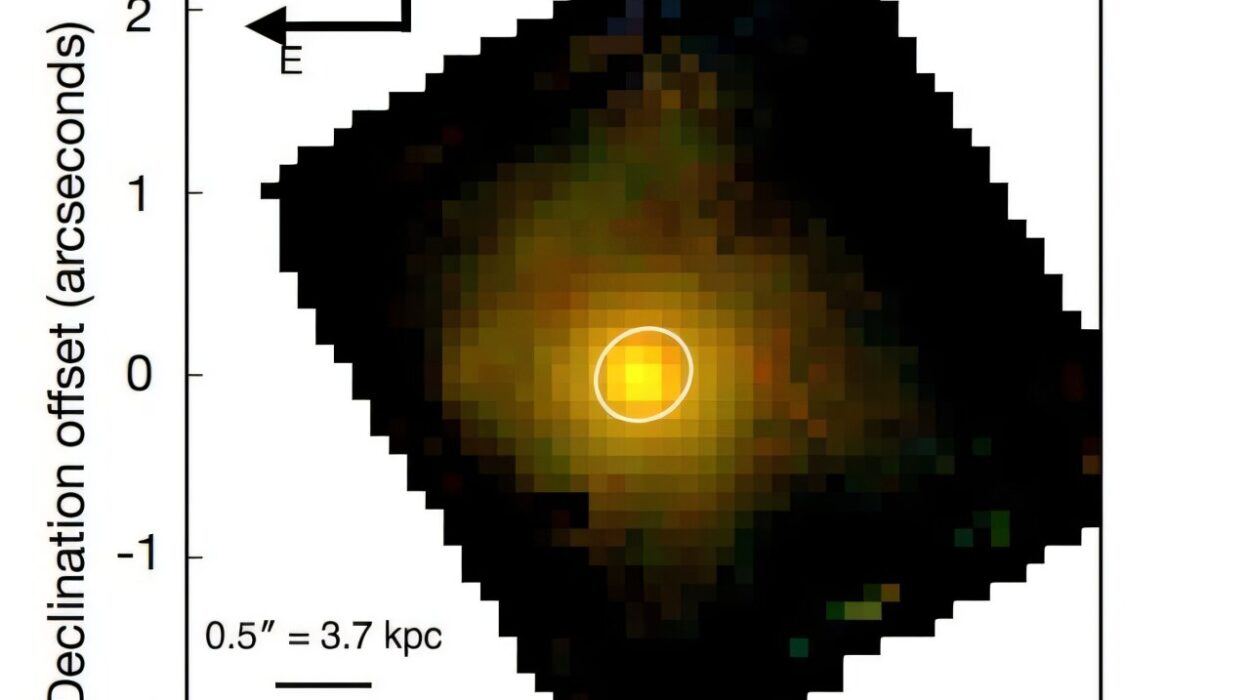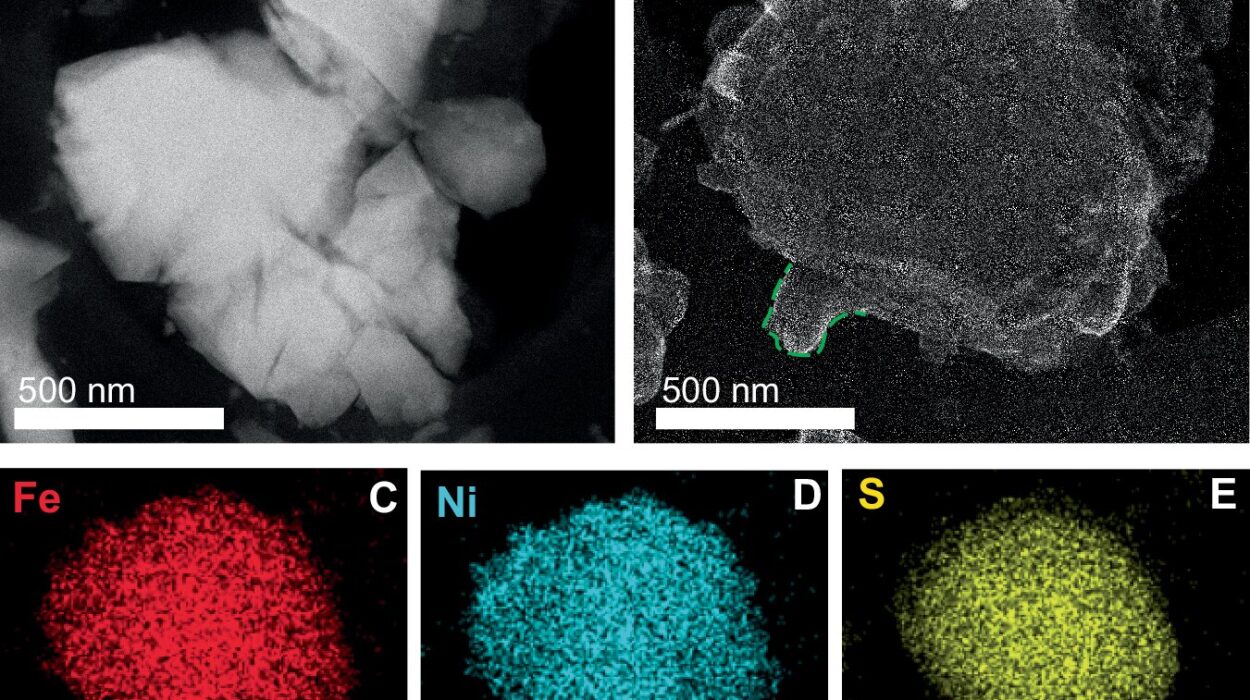Far beyond the reach of the naked eye, past the shimmering stars and well beyond our galactic neighborhood, something ancient and bright pulses in the darkness. These are quasars—quasi-stellar objects—brilliant beacons burning at the centers of galaxies so distant, their light began its journey when our Earth was still young. And yet, today, with the right instruments and immense patience, we can catch their whispers.
Now, thanks to the MeerKAT International GHz Tiered Extragalactic Exploration (MIGHTEE) survey—a revolutionary deep-space listening effort using South Africa’s MeerKAT radio telescope—scientists are tuning in to these whispers like never before. In a recent breakthrough, a team of astronomers led by Rhodes University’s Sarah V. White has examined 104 of these cosmic powerhouses. Their findings, currently awaiting peer review on arXiv, are not just scientifically rich—they bring us closer to understanding the fundamental processes shaping galaxies across cosmic time.
What Are Quasars, Really?
To understand why this study matters, we must first grasp what quasars are. Imagine a black hole at the center of a galaxy—millions to billions of times the mass of our Sun. Now, imagine it not just passively consuming matter, but feeding ravenously, dragging in gas and dust that form a blazing, swirling disk around it. This furious feast releases staggering amounts of energy, making the galaxy’s heart outshine all the stars within it. That’s a quasar: an active galactic nucleus (AGN) burning with intensity across the entire electromagnetic spectrum—radio, infrared, visible, ultraviolet, and X-rays.
Some quasars beam enormous jets of radio waves into space; others are quieter. Scientists often classify them based on how their emissions reach us. Type I quasars, the focus of the MIGHTEE study, are unobscured—they show broad emission lines in their spectra, meaning we’re viewing them face-on, directly peering into the maelstrom of matter around their central black holes.
A New Cosmic Census
Using the gJKs color-space—a technique that allows astronomers to sift through enormous datasets and isolate quasar candidates—Sarah White’s team focused on two specific regions of the sky: COSMOS and XMM-LSS. These are among the most well-observed fields in the heavens, rich in multi-wavelength data collected over years of surveys.
Out of this vast cosmic haystack, the team pinpointed 104 Type I quasars. Their method relied on high-sensitivity radio data, detecting flux densities as faint as 3.0 micro-Janskys per beam at 1.3 GHz. This sensitivity is crucial—it allows astronomers to detect not just the brightest, most obvious radio sources, but the faint ones too, uncovering a more complete picture of what’s really going on.
These 104 quasars span redshifts from 0.6 to 3.41—meaning their light has taken billions of years to reach us. The median redshift is 1.68, which corresponds to a time when the universe was roughly 4 billion years old. Looking at them is like staring into a time machine, back when galaxies were young, turbulent, and bursting with stars.
Radio-Loud and Radio-Quiet: The Hidden Stories in the Signal
One of the key mysteries in quasar science is why some are radio-loud—blazing with powerful jets of radio waves—while others are nearly silent. In this study, only about 5% of the sample were radio-loud, aligning with previous findings. But that number masks deeper truths.
The team found that for most of these quasars, the radio emission wasn’t primarily driven by their central black holes. That’s surprising. You might expect a raging quasar to dominate its host galaxy’s radio profile. But what they found suggests something more complex. In many cases, it was star formation—massive bursts of newborn stars igniting in dusty nurseries—that accounted for the bulk of the radio glow.
Why this matters is simple: when trying to understand how galaxies evolve, scientists need to untangle the threads of activity inside them. Are black holes driving the show? Or are they coexisting with, or even overshadowed by, stellar birth? This study points toward the latter—at least, for many quasars at certain epochs in cosmic time.
A Rise in Cosmic Starbursts
What makes the study even more intriguing is what happens when you look at the most distant quasars—the ones with the highest redshifts. Among these, the fraction of systems showing signs of intense starburst activity rises dramatically—from about one-third to nearly two-thirds.
That’s a dramatic shift. It implies that in the early universe, many quasar-hosting galaxies were not quiet stellar cities. They were chaotic, explosive, star-forming metropolises, where black holes and stars were growing in tandem.
This has profound implications for how we detect and classify AGN. One widely used method, known as “radio excess,” assumes that if a galaxy emits more radio waves than expected from star formation alone, an AGN must be at work. But this study shows that at high redshifts—when starbursts were more common—this method becomes unreliable. The stars themselves can mimic the radio fingerprint of a black hole, masking the AGN’s presence or distorting its apparent strength.
In short, the universe has been fooling us. And now, we know better.
The Power and Promise of MIGHTEE
MIGHTEE is more than just a clever acronym—it’s a bold project with transformative power. By combining deep, sensitive radio observations with extensive data across multiple wavelengths, it gives astronomers an unprecedented ability to study galaxy evolution over cosmic time.
MeerKAT, the telescope behind MIGHTEE, is located in the remote Karoo desert of South Africa. Its 64 dishes span hundreds of meters and work together to act like one giant ear pressed to the heavens. It is part of the groundwork for the Square Kilometre Array (SKA), the future behemoth that will be the largest and most sensitive radio telescope ever built.
The MIGHTEE survey is painting the most detailed radio image of the distant universe to date. It allows researchers to probe not just what galaxies look like, but why they look the way they do. And with studies like this one—zeroing in on quasars—we get glimpses into the engines of transformation at the hearts of galaxies.
Quasars as Cosmic Timekeepers
There’s something poetic about quasars. Though they lie unimaginably far away, they serve as cosmic milestones, helping scientists measure the expansion of the universe, the growth of structure, and the evolution of matter and energy. They are both lighthouses and laboratories—illuminating space while testing our theories.
The 104 quasars in this study may be just a sample, but they represent epochs of galactic adolescence. They are signs of a universe in transition, where young galaxies collide, stars are born in frenetic waves, and supermassive black holes feed like dragons.
Their radio waves, faint as they may be, carry stories. Stories of chaos and creation, of balance and breakdown, of how galaxies—and perhaps even life—came to be.
The Future Written in Waves
Sarah White and her colleagues conclude their paper with a caution: as we push to study the cosmos more deeply, our methods must adapt. The old assumptions—about how to separate AGN from star formation, how to classify galaxies based on emission—may no longer hold, especially in the early universe.
But they also offer hope. With MIGHTEE and instruments like it, we’re not just listening more carefully—we’re learning how to listen better. And in doing so, we inch closer to the answers that have eluded astronomers for generations.
As we look ahead, more quasar studies will follow. The full MIGHTEE survey will observe thousands of AGNs, star-forming galaxies, and radio-quiet mysteries. Combined with upcoming data from the James Webb Space Telescope, Euclid, and SKA, we’re entering a golden era of cosmic archaeology.
And somewhere, in the dark corners of space, the quasars continue to burn—remnants of a young, wild universe, still whispering across the void.
Reference: Sarah V. White et al, MIGHTEE: A first look at MIGHTEE quasars, arXiv (2025). DOI: 10.48550/arxiv.2507.12046






